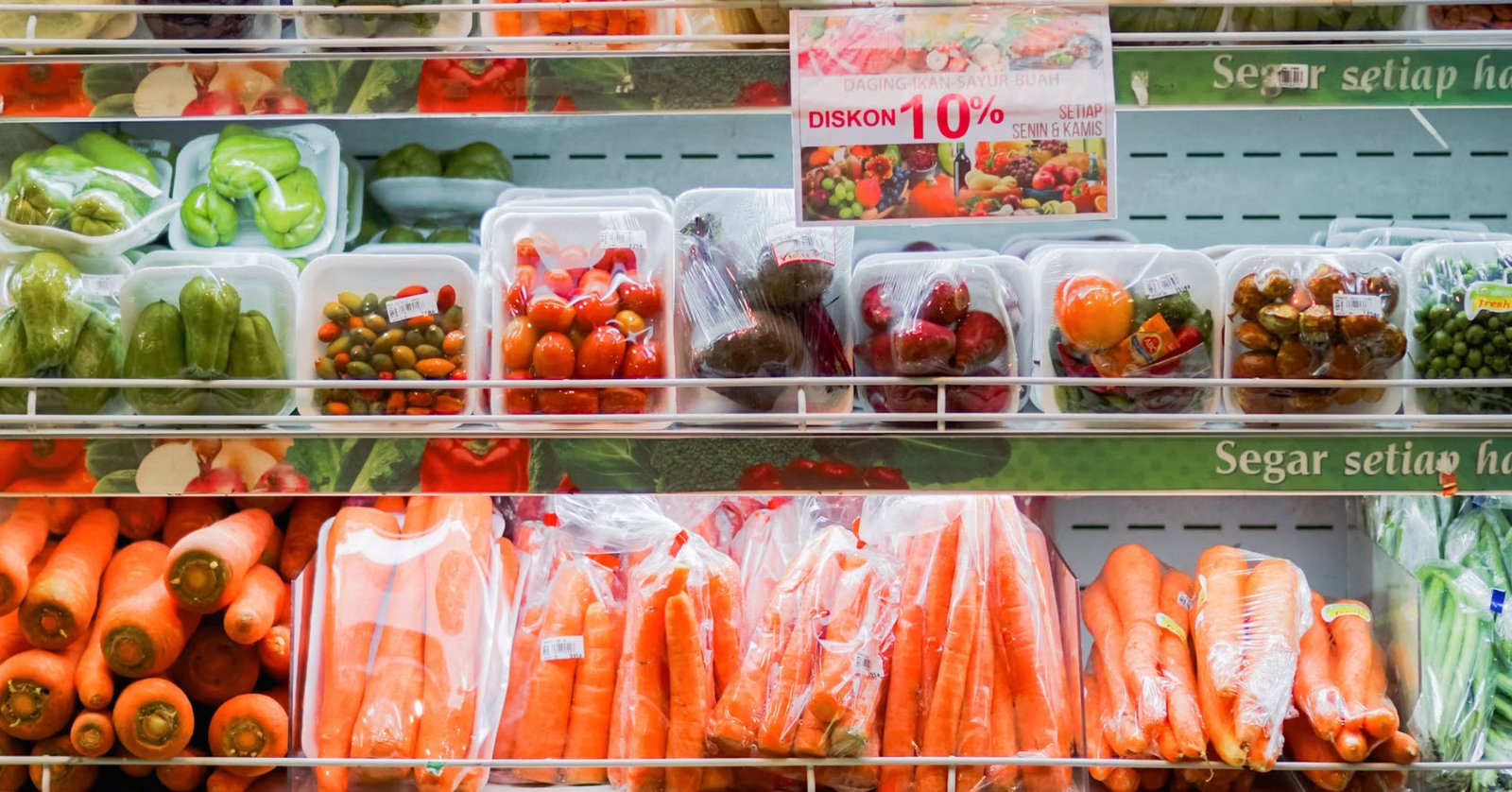
Food cravings can be powerful urges that often lead us to indulge in specific types of foods. While these cravings can sometimes be attributed to our personal preferences or habits, they can also indicate underlying nutrient deficiencies or imbalances in our bodies. Paying attention to these cravings and understanding what they might mean in terms of our nutritional needs can help us make more informed and healthier choices about the foods we consume.
- Craving Salty Snacks
- Craving Soda or Oily Foods
- Craving Bread
- Craving Sugary Foods
- Craving Chocolate or Acidic Foods
1. Craving Salty Snacks: You Need Chloride
A craving for salty snacks could indicate a deficiency in chloride. Chloride is an essential mineral that, along with sodium and potassium, helps maintain the body’s fluid balance and aids in proper nerve and muscle function. Incorporating foods rich in chloride, such as sea salt, celery, and olives, into your diet may help alleviate this craving.
2. Craving Soda or Oily Foods: You Need Calcium
Cravings for soda or oily foods might be a sign that your body is lacking calcium. Calcium is vital for strong bones and teeth, muscle function, and nerve signaling. Include calcium-rich foods like dairy products, leafy greens, almonds, and fortified plant-based milk alternatives in your diet to address this craving in a healthier way.
3. Craving Bread: You Need Nitrogen
A strong desire for bread might indicate a need for more nitrogen in your body. Nitrogen is a crucial component of amino acids, which are the building blocks of proteins. Including protein-rich foods like meat, fish, dairy, legumes, and nuts in your meals can help meet your body’s nitrogen requirements and reduce this specific craving.
4. Craving Sugary Foods: You Need Chromium, Sulfur, and Tryptophan
Cravings for sugary foods may signify a need for various nutrients, including chromium, sulfur, and tryptophan. Chromium helps regulate blood sugar levels, sulfur is essential for metabolism, and tryptophan is a precursor to serotonin, a neurotransmitter that affects mood and appetite. To address these cravings, consume foods like broccoli, eggs, lean meats, nuts, and whole grains.
5. Craving Chocolate or Acidic Foods: You Need Magnesium
If you find yourself craving chocolate or acidic foods, your body might be in need of magnesium. Magnesium is involved in over 300 biochemical reactions in the body and is crucial for muscle and nerve function, energy production, and bone health. Incorporate magnesium-rich foods like nuts, seeds, dark leafy greens, and whole grains into your diet to help curb these cravings.
In conclusion, understanding the potential nutritional reasons behind food cravings can empower us to make healthier dietary choices. While cravings can sometimes be attributed to emotional or habitual factors, addressing potential nutrient deficiencies with a well-balanced diet can play a significant role in managing and reducing these cravings.
If you find that your cravings persist or are causing concerns, it’s advisable to consult a healthcare professional for a thorough evaluation and personalized guidance.








